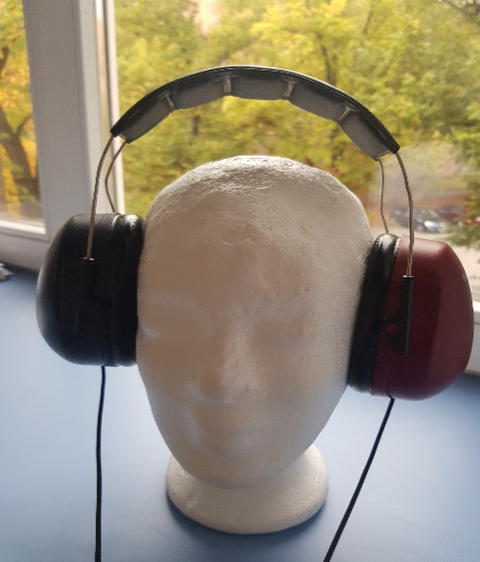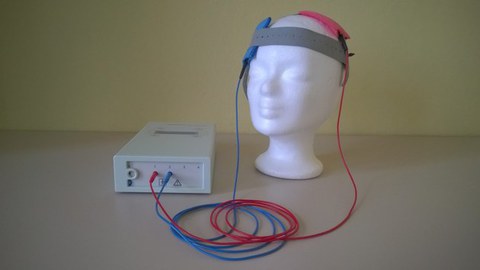Brain Stimulation & Cognitive Control of Auditory Perceptual Processing - ADHD-Aging
The effects of transcranial direct current stimulation (tDCS) on perceptual-attentional conflicts (funded by DFG)
Theoretical Background
Flexible and dynamic behaviour requires the ability to attend to relevant sensory signals, especially when there is a competition between different sensory inputs. Due to progressive sensory loss and under-recruitment of the frontoparietal cognitive control network which comes with aging, cognitive control of auditory processing becomes extremely difficult for older adults. In patients with ADHD, such attentional control is also impaired.
Brain stimulation methods have been shown to improve cognitive functioning, albeit inconsistent findings. This project aims to investigate the potential effects of transcranial direct current stimulation (tDCS) on improving auditory attentional control in older adults, by applying tDCS over the prefrontal cortex which implicates cognitive control functions.
This project is funded by the German Research Foundation (DFG). It is part of a larger project which investigates the modulation of frontostriatal regulations of attentional control and selective perception by enhancing dopamine signaling and frontal cortical excitability in aging and ADHD.
Project Aims
Investigating the effects of tDCS stimulation on auditory attentional control in older adults and the mechanisms underlying these changes
Principal Investigator and Team
Former Staff
- Dr. Susanne Passow
- Dr. Krutika Gohil
Collaborators
Selected Publications
Zink, N., Kang, K., Li, S. C., & Beste, C. (2020). Anodal transcranial direct current stimulation enhances the efficiency of functional brain network communication during auditory attentional control. Journal of neurophysiology, 124(1), 207-217. https://doi.org/10.1152/jn.00074.2020
Adelhöfer, N., Gohil, K., Passow, S., Beste, C., & Li, S. C. (2019). Lateral prefrontal anodal transcranial direct current stimulation augments resolution of auditory perceptual-attentional conflicts. NeuroImage, 199, 217-227. https://doi.org/10.1016/j.neuroimage.2019.05.009


